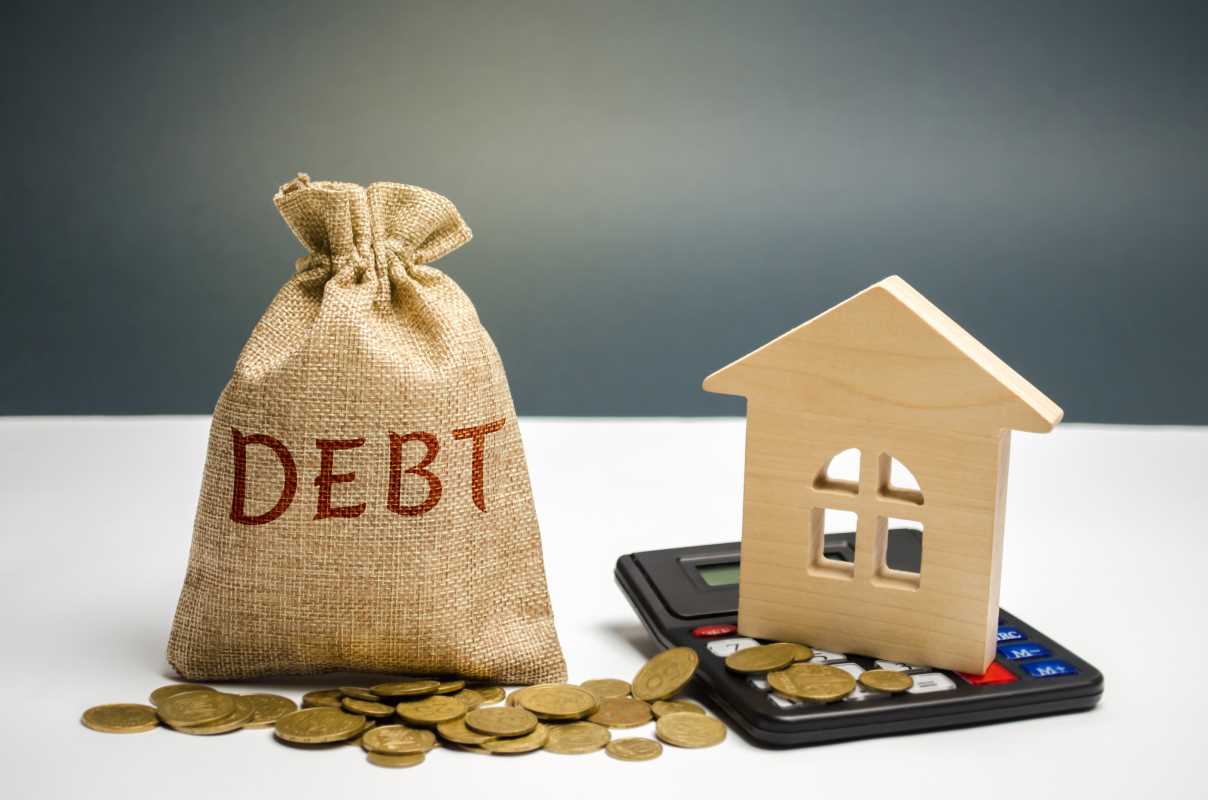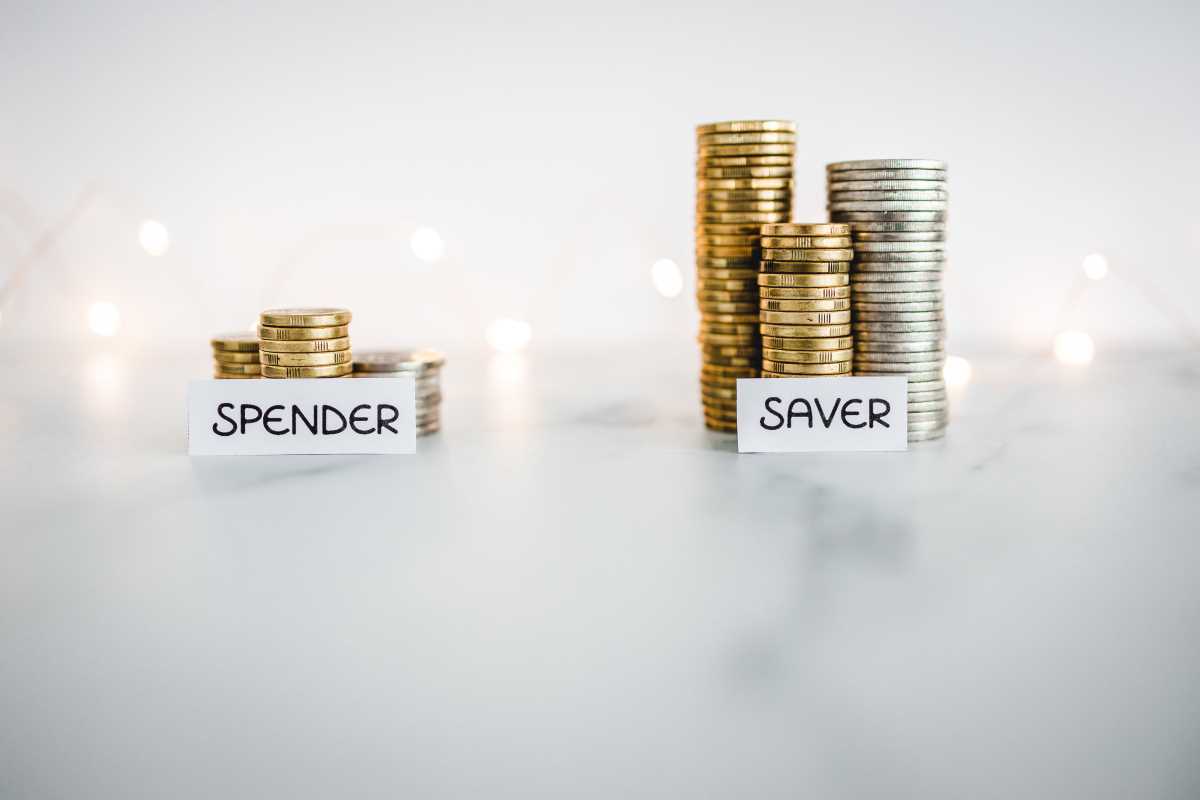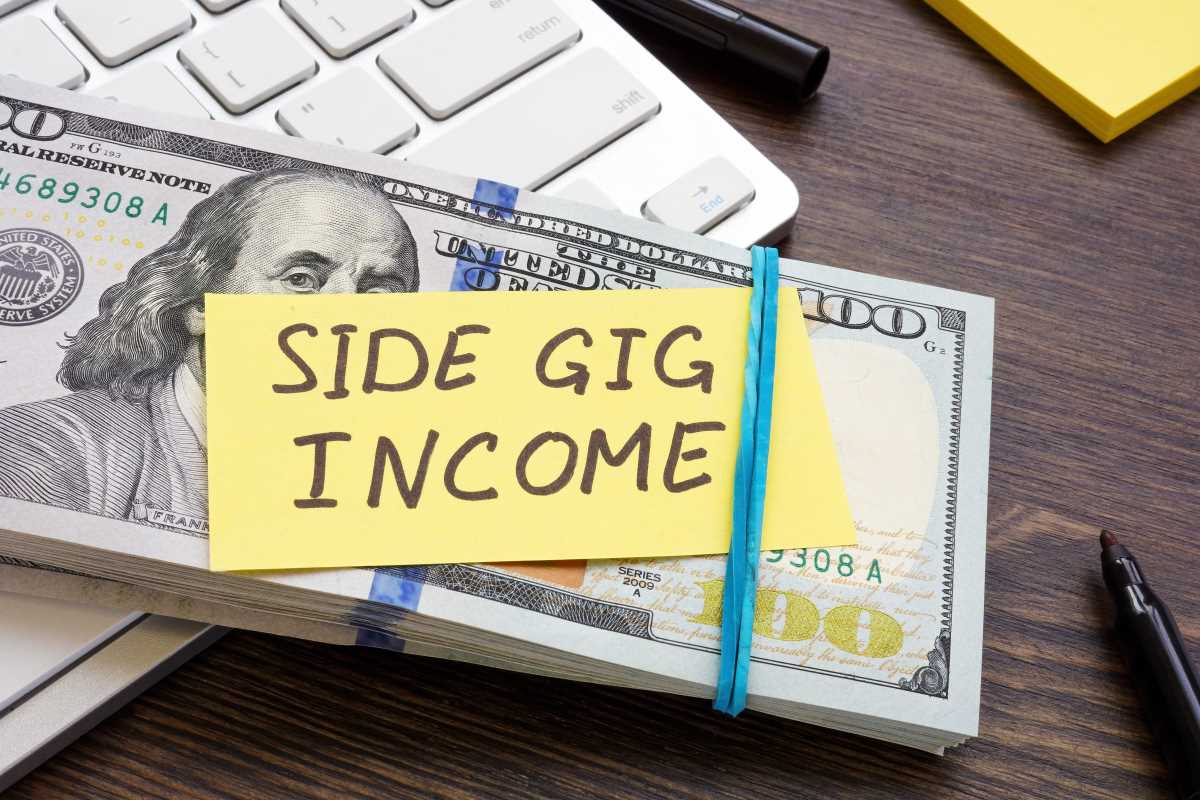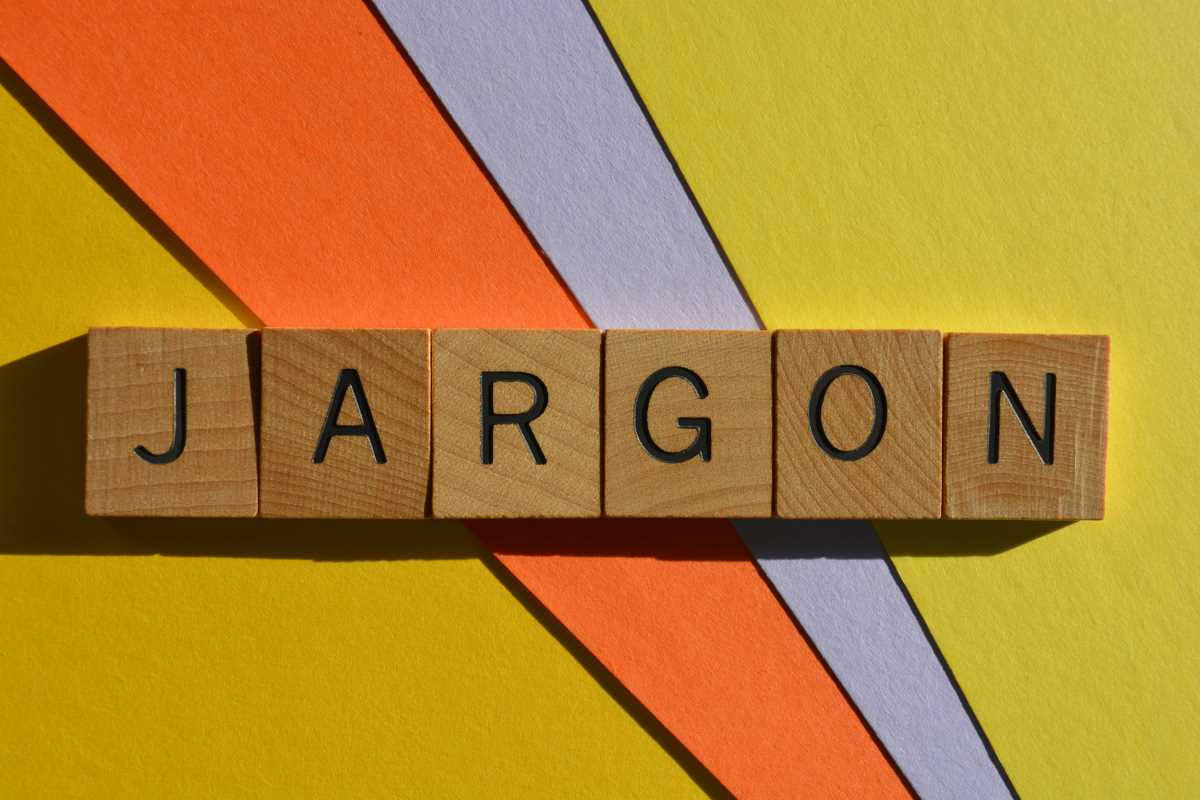Let’s face it: debt is a word that makes many people uneasy. Whether it’s the burden of student loans, a mortgage, or a high credit card bill, it’s easy to associate debt with something negative. But here’s the truth—debt isn't all bad. In fact, when used strategically, debt can be a tool to help you build wealth and achieve your financial goals.
The key to managing debt lies in understanding the difference between good debt and bad debt. Not all debt is created equal, and knowing how to tell the difference is a crucial step in achieving financial freedom. As someone who wants to help you make smarter financial decisions, let’s break down what makes debt good, what makes it bad, and how you can use both to your advantage.
Good Debt vs. Bad Debt: What’s the Difference?
The difference between good debt and bad debt boils down to one simple concept: what does the debt help you achieve?
Good Debt: This type of debt can help you build wealth or increase your net worth over time. It’s an investment in your future.
Bad Debt: Bad debt typically doesn’t lead to wealth-building. In fact, it often does the opposite. It’s used to buy things that lose value quickly or don’t generate income. Bad debt can drag you down with high-interest rates and fees.
Let’s take a closer look at what makes a debt “good” or “bad.”
Examples of Good Debt
Good debt is debt that helps you build wealth or achieve something valuable in the long run. While it may feel uncomfortable to take on debt in the short term, good debt is a way to set yourself up for financial success in the future.
1. Student Loans (When Used Wisely)
Student loans are one of the most common forms of good debt. The key here is that a college degree (or vocational training) can open doors to higher-paying jobs and more career opportunities. The higher your earning potential, the more you’ll be able to pay off the loan over time.
But there’s a caveat: not all degrees offer a good return on investment. A student loan is only a good debt if it helps you acquire skills that lead to a job where you can comfortably repay the loan. Be strategic about the degree you pursue and avoid borrowing too much.
2. Mortgages
A mortgage is another example of good debt. When you take out a mortgage to buy a home, you're borrowing money to acquire a property that can appreciate in value over time. As you pay down your mortgage, you’re also building equity in your home, which is essentially ownership. Home ownership can contribute to your overall wealth, especially if property values increase.
Of course, the mortgage itself needs to be manageable. Borrowing more than you can afford can quickly turn this good debt into a burden.
3. Business Loans
If you have a business idea or want to expand your current business, a business loan can be a wise investment. A well-managed business can generate income, and the profits can help pay off the loan while also growing your wealth. Just like mortgages and student loans, business loans can be beneficial if they lead to greater financial success.
But be cautious: starting a business comes with risk. Make sure you have a solid plan and that your business has the potential to succeed.
4. Some Credit Card Debt (If Used Responsibly)
It might seem odd to include credit card debt in the "good" category, but it can be if used strategically. For example, using a credit card to buy necessary inventory for a business or to earn rewards points is an example of using credit wisely. The key is to pay off the balance each month to avoid high interest rates. Otherwise, credit card debt quickly turns bad.
Good debt can:
- Increase your earning potential: By taking on student loans or business loans, you’re investing in skills or opportunities that increase your ability to make money.
- Build wealth: Loans like mortgages allow you to acquire valuable assets (such as real estate) that can grow in value over time.
- Help you acquire income-generating assets: Business loans and mortgages are good examples of debt that allow you to invest in things that bring in money.
Examples of Bad Debt
Bad debt doesn’t help you build wealth or increase your income. In fact, it can often hold you back and make it harder to achieve financial freedom. Bad debt typically comes with high-interest rates and is used to buy things that lose value quickly or don’t generate any return.
1. Credit Card Debt (High-Interest)
Credit card debt is one of the most common examples of bad debt. While credit cards can be useful in emergencies or for earning rewards, carrying a balance from month to month means you’re paying high-interest rates. This interest can add up quickly, making the items you bought much more expensive than they were originally.
The key to avoiding credit card debt is to pay off the balance in full each month. If you don’t, you’re essentially borrowing money at an expensive rate to buy things you may not even need.
2. Payday Loans
Payday loans are short-term loans with extremely high interest rates, often over 400% annually. These loans are designed to be paid back when you receive your next paycheck, but they can quickly spiral out of control. If you don’t pay back the loan in full, you’re often hit with additional fees and interest, making it even harder to get out of debt.
Payday loans can trap you in a cycle of debt that’s difficult to escape. It’s best to avoid them altogether.
3. Loans for Luxury Items
Taking out loans for things like expensive cars, designer goods, or the latest gadgets is a form of bad debt. These items typically don’t appreciate in value. In fact, cars lose value as soon as you drive them off the lot. Buying luxury items on credit means you’re paying interest on things that are depreciating.
While it can be tempting to buy these items for the sake of status or comfort, they’re not helping you build wealth. It’s better to save up for these items rather than taking out loans to pay for them.
4. Retail Store Credit Cards
Retail store credit cards often come with high-interest rates, especially if you’re not paying the balance off in full each month. While some store cards offer discounts on purchases, they can quickly become a financial trap if you’re unable to pay the balance and end up carrying it for months or years.
Bad debt:
- Doesn’t generate income or increase value: Unlike good debt, bad debt is typically used to buy things that lose value or don’t provide any return.
- Comes with high interest rates: Many forms of bad debt, like credit card debt and payday loans, charge high interest rates that make it harder to pay off.
- Can trap you in a cycle of debt: High-interest rates and constant borrowing can make it feel impossible to get ahead.
How to Tell the Difference
To tell the difference between good debt and bad debt, ask yourself a few simple questions:
- Does it appreciate or generate income? Good debt is used to acquire assets that appreciate in value (like a home or a business), while bad debt is used for things that lose value (like cars or luxury items).
- What’s the interest rate? High interest rates make debt more expensive and harder to pay off.
- What’s the purpose of the debt? Is it for something essential (like a home or education), or is it for something that doesn’t add value to your life (like a designer purse)?







